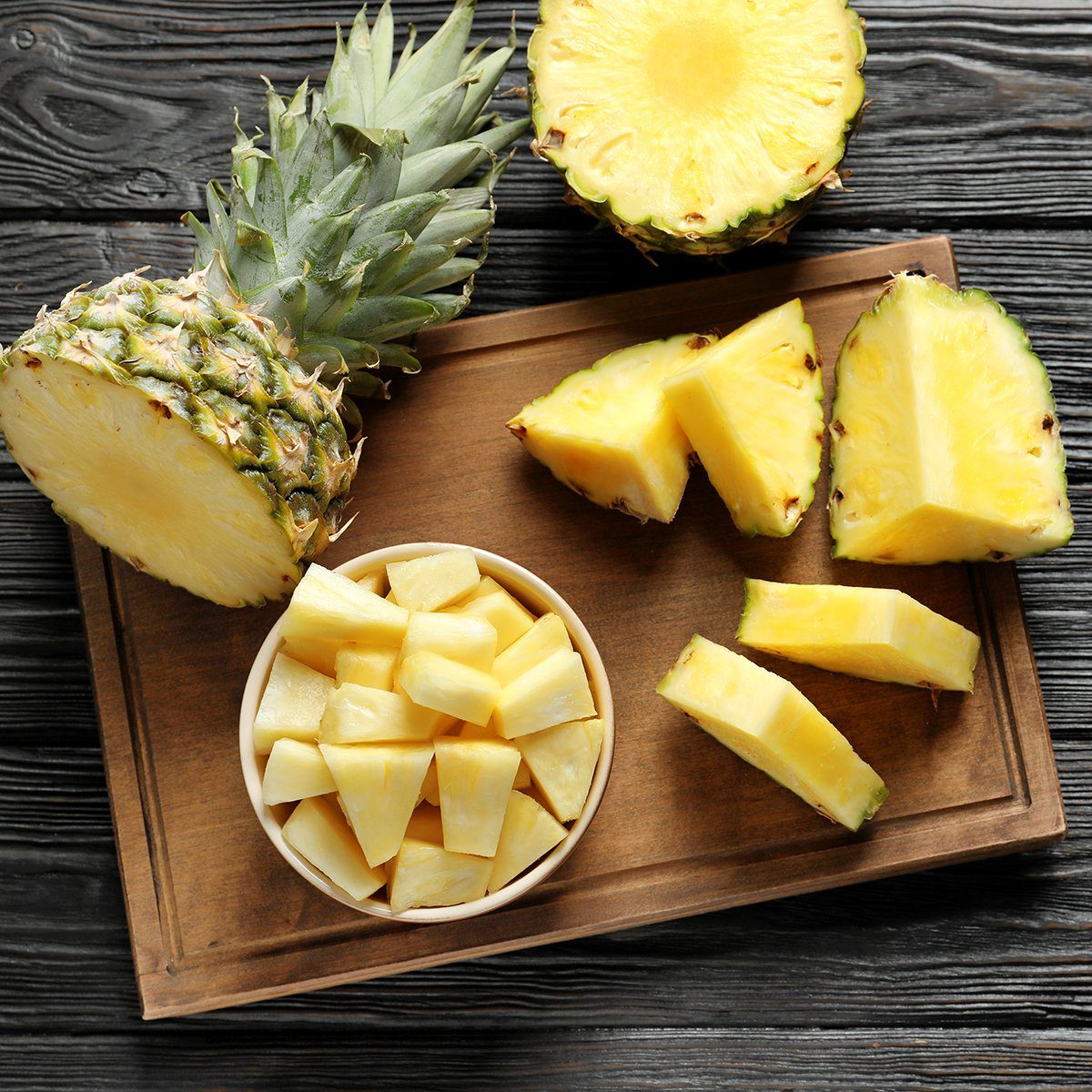
Pineapple
You can tell when biting into a juicy piece of pineapple that it’s probably high in sugar. That sweet, sticky juice running down your chin contains about 16 grams of sugar per cup. You can cut back on the serving size by topping a yogurt parfait with diced pineapple.
Find out how to eat pineapples the correct way.
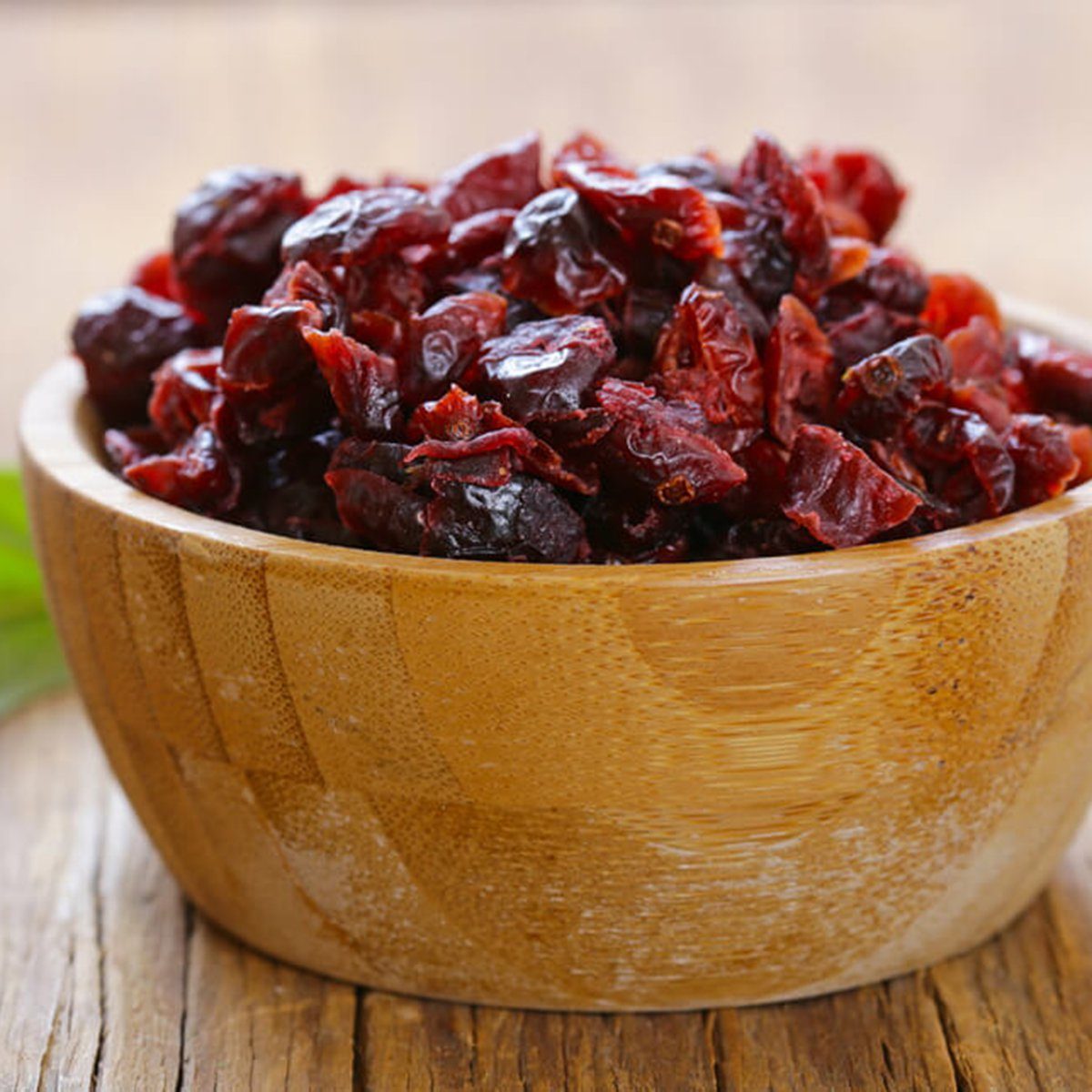
Sweetened cranberries
Real cranberries are low in sugar and contain only four grams in an entire cup. However, once you dry them out and add sweetener, they’re no longer a healthy choice for people with diabetes. Rather than having dried cranberries on their own, use a small handful as a topping for oatmeal or salad.
Consider trying these healthy ingredient substitutions.
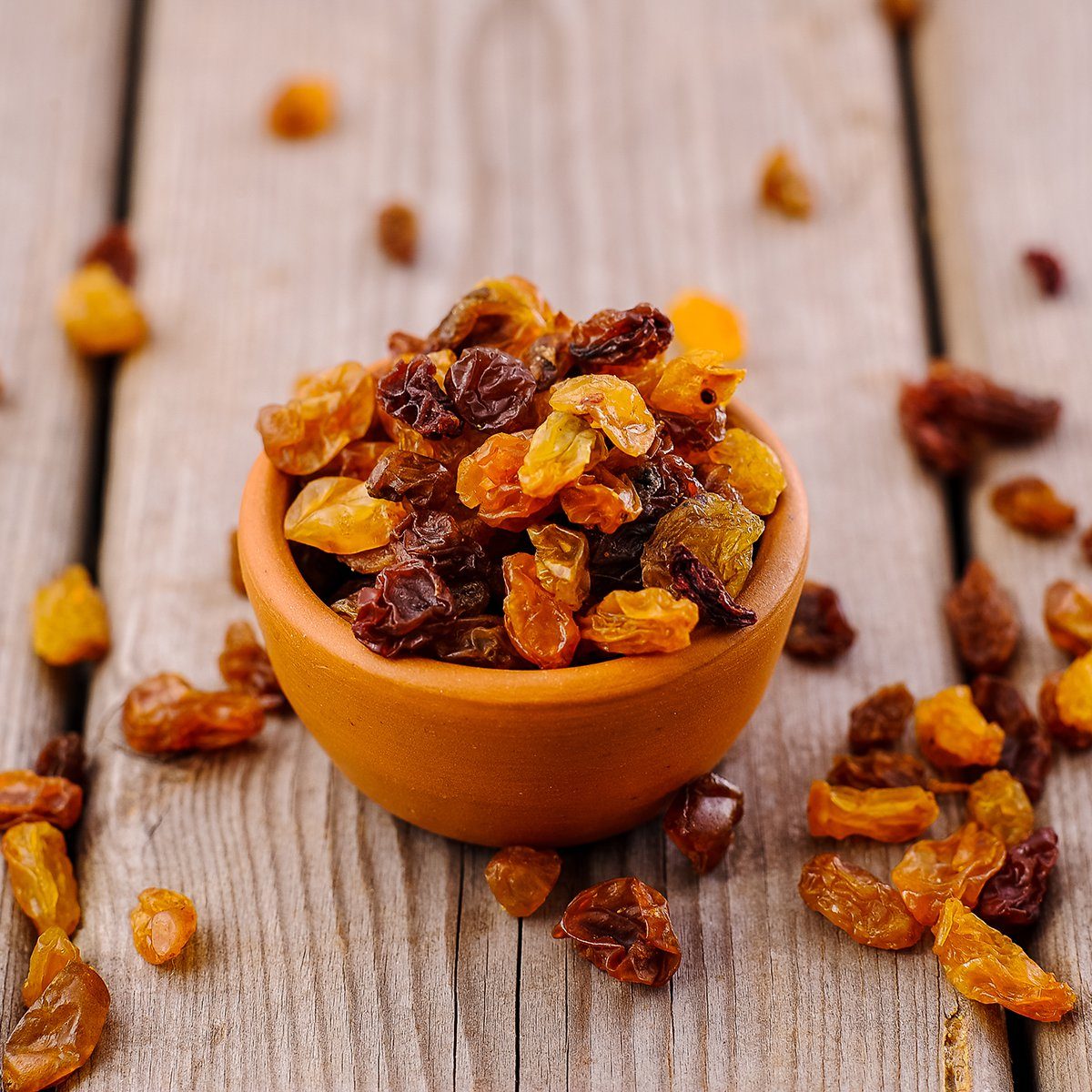
Raisins
While raisins are an easy snack on-the-go, they’re not the best choice if you’re watching your blood sugar. According to the Mayo Clinic, people with diabetes should limit their fruit portions to 15 grams of carbohydrates. One cup of raisins contains 115 grams! Opt for grapes instead or enjoy a small portion with a handful of almonds to balance the sugar.
Don’t miss these tips for travelling with diabetes.
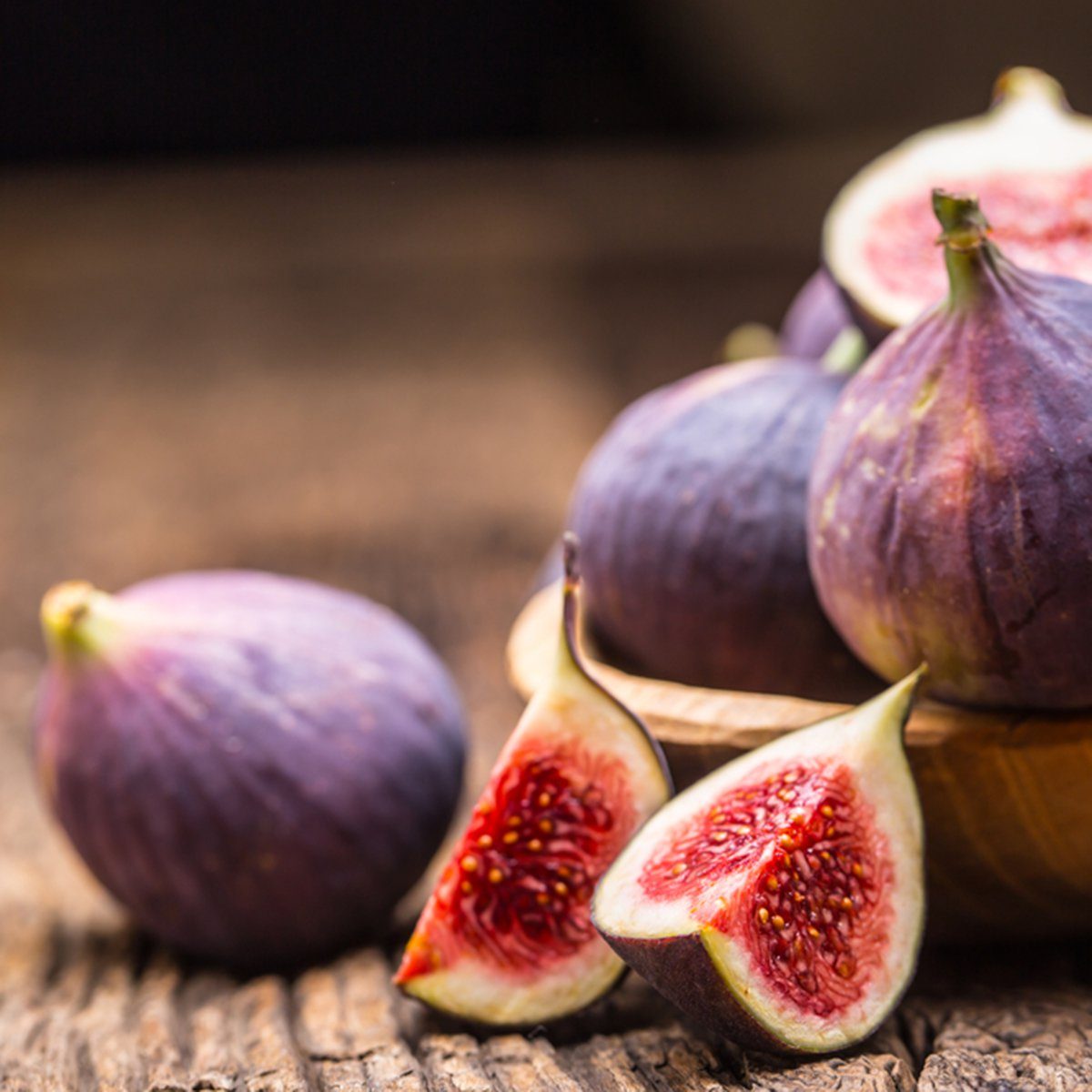
Figs
There’s a reason why figs make the perfect cookie filling—they’re sweet! One cup of figs contains about 29 grams of sugar.
You’ll wish you’d known these low-carb food swaps sooner.
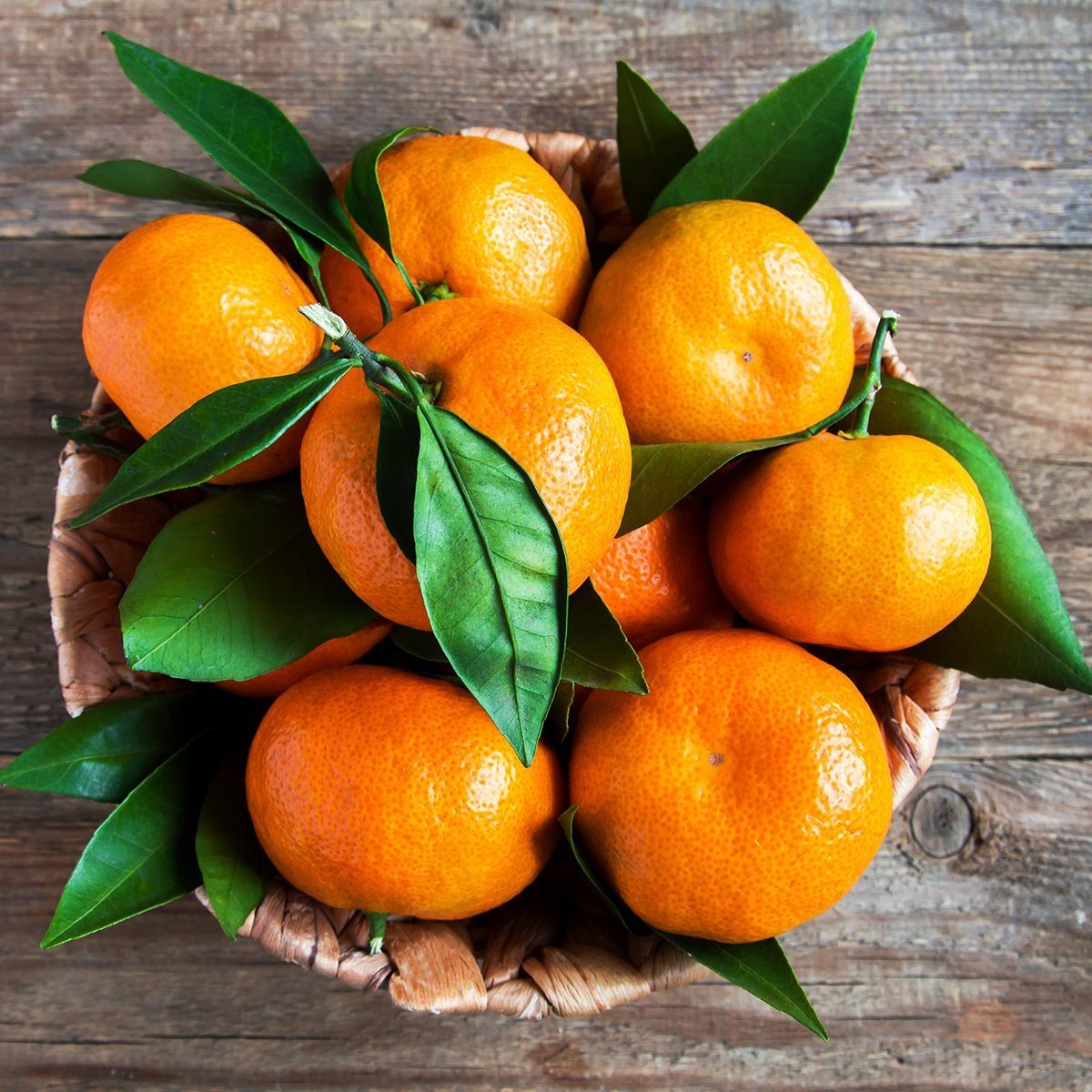
Tangerines
A tangerine may fit in the palm of your hand, but it packs a sweet punch. One cup (about two tangerines) contains over 20 grams of sugar. It’s best to steer clear of this fruit or to use a small portion as a topping.
Here are some foods you might want to avoid eating altogether.
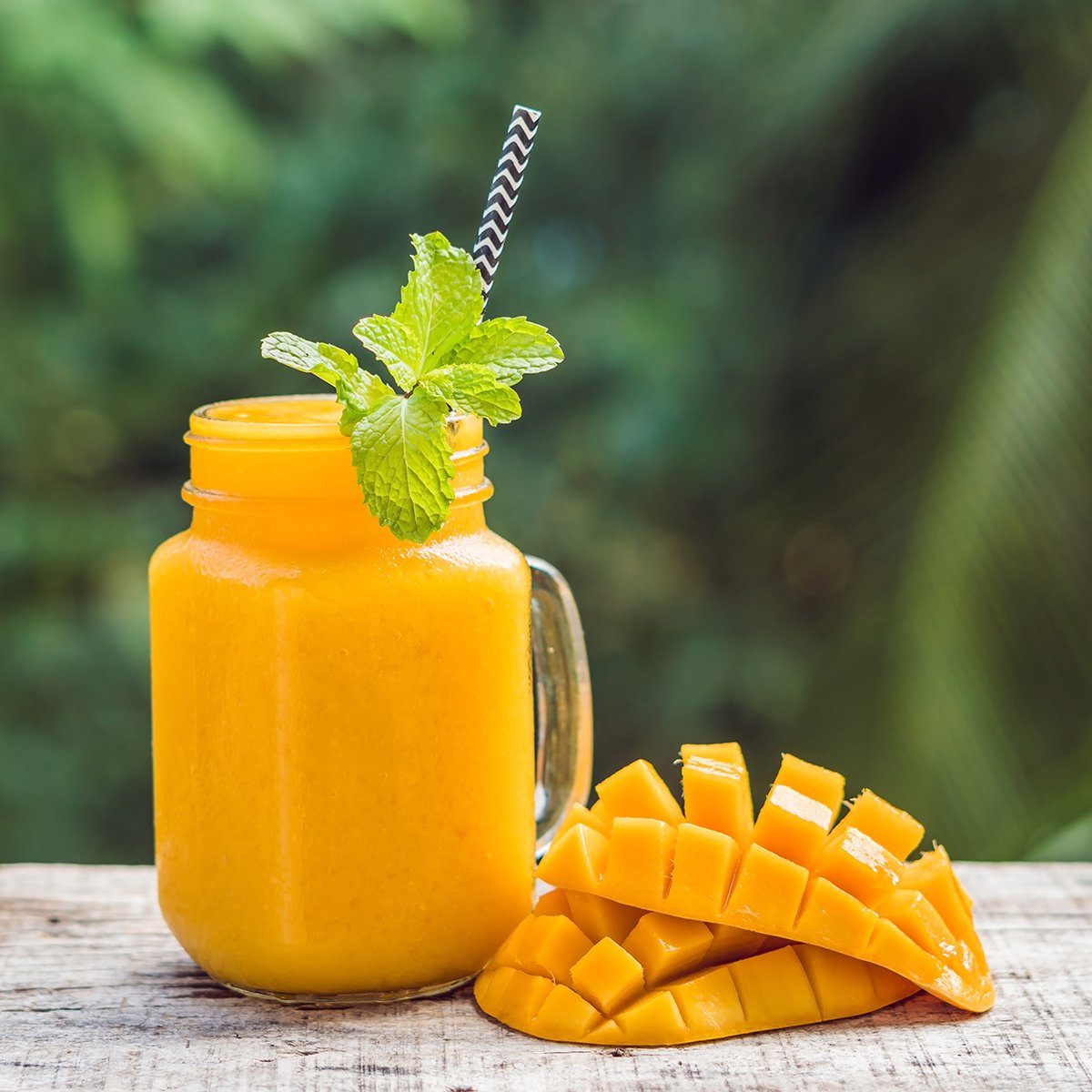
Mangoes
Enjoying a slice of mango can instantly conjure up memories of your last tropical vacation, but it’s best to leave this fruit for special trips. One cup of mango contains 23 grams of sugar, so try looking for lower-sugar fruits.
Use these tricks to keep fruits and vegetables fresh longer.
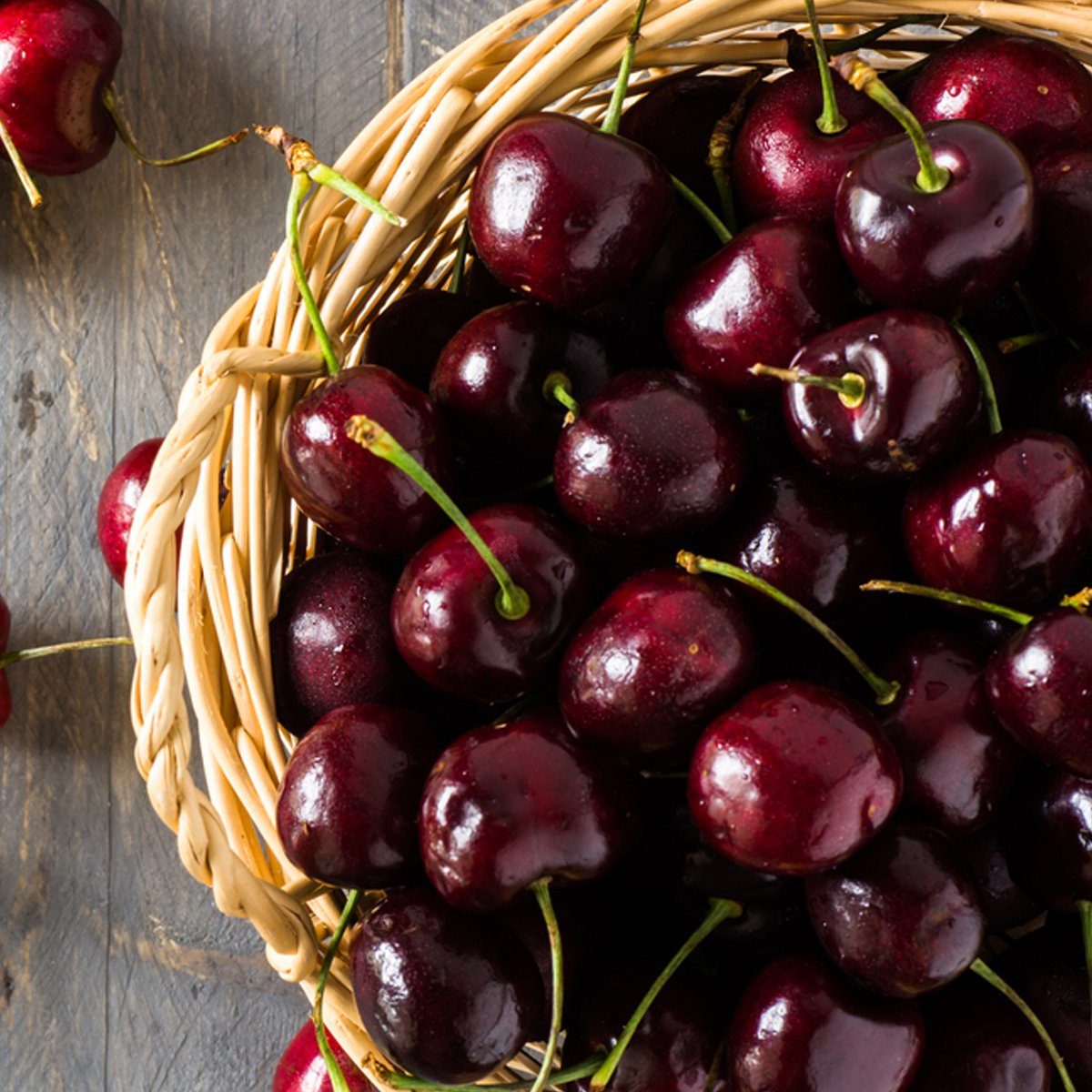
Cherries
A cup of cherries feels like the quintessential summer snack, but it could send your blood sugar skyrocketing. One cup contains 20 grams of sugar and will probably leave you still feeling hungry.
Find out which fruits and vegetables you should never peel.
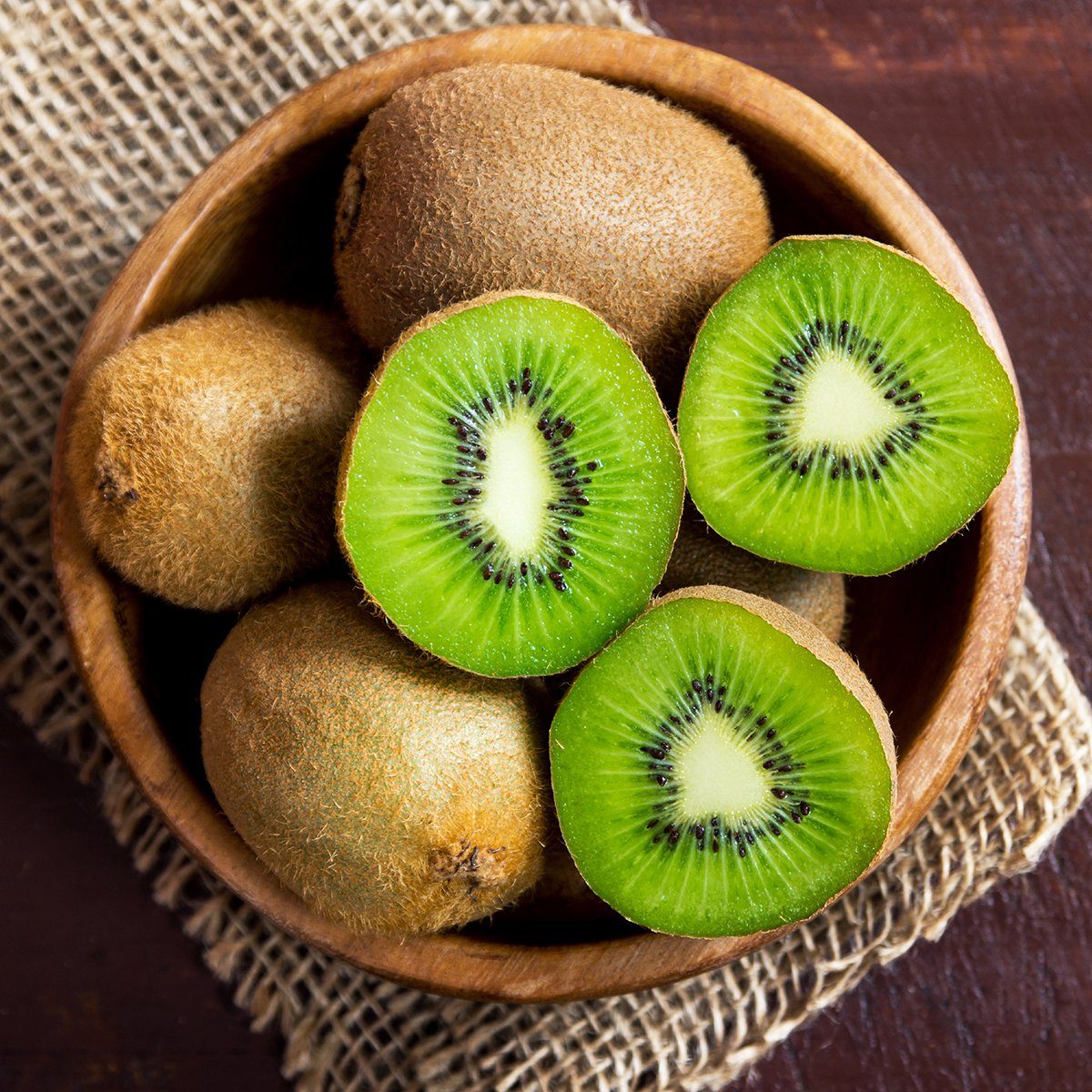
Kiwi
Kiwi is the fruit that gives fruit salads a gorgeous green colour and sweet flavour; just watch the portion sizes. One cup of sliced kiwi has about 16 grams of sugar.
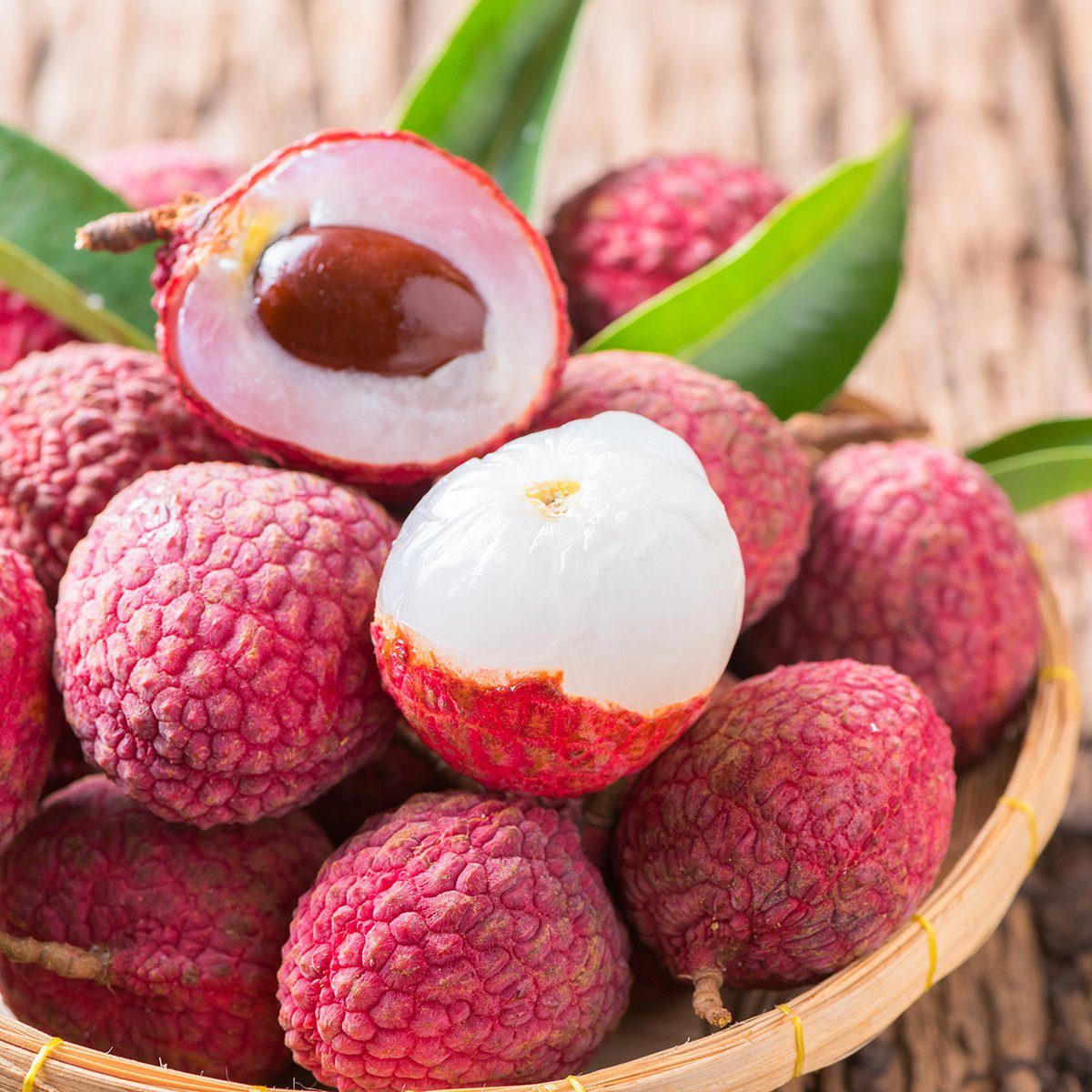
Lychees
Lychees probably weren’t on your grocery list this week, so let’s keep it that way. Lychee fruit can be used as a sweetener for desserts or cocktails and contains a whopping 29 grams of sugar per serving.
Next, discover the best and worst drinks for diabetics.